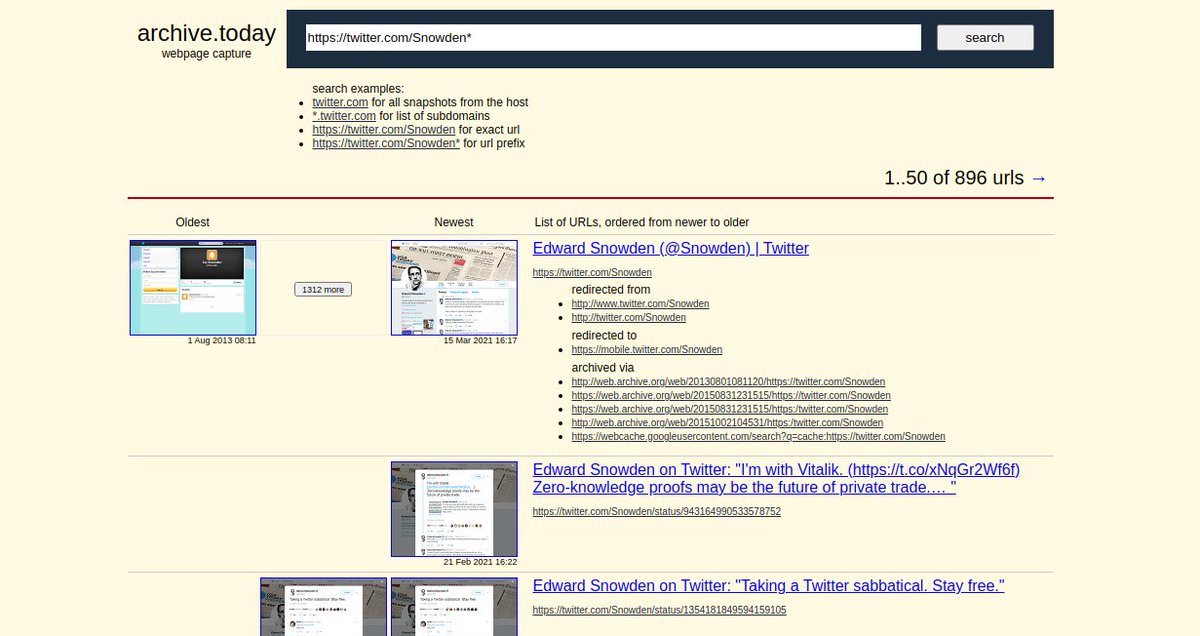
Hey #OSINT, Data visualization is the graphical representation of information and data.
Investigations become easier with visual elements like charts, graphs, maps, & tools. #DataVisualization
Here are some must use Data Visualization tools for OSINT investigators.
A thread🧵
Investigations become easier with visual elements like charts, graphs, maps, & tools. #DataVisualization
Here are some must use Data Visualization tools for OSINT investigators.
A thread🧵
1. Osint Combine’s Data Visualization Tool - osintcombine.com/data-visualiza…
2. Gephi - gephi.org
3. ArcGis - arcgis.com/index.html
4. Cytoscape - cytoscape.org
5. SocNetV - socnetv.org
#OSINT #JournalismIsNotACrime #Data #DataVisualization
2. Gephi - gephi.org
3. ArcGis - arcgis.com/index.html
4. Cytoscape - cytoscape.org
5. SocNetV - socnetv.org
#OSINT #JournalismIsNotACrime #Data #DataVisualization
6. Theory Maker - theorymaker.info
7. Tabnetviz -aszilagyi.github.io/tabnetviz/
8. InfraNodus - infranodus.com
9. Google Sheets - google.com/sheets/about/
10. Tableau -alternativeto.net/software/table…
#OSINT #JournalismIsNotACrime #Data #DataVisualization #DataScience
7. Tabnetviz -aszilagyi.github.io/tabnetviz/
8. InfraNodus - infranodus.com
9. Google Sheets - google.com/sheets/about/
10. Tableau -alternativeto.net/software/table…
#OSINT #JournalismIsNotACrime #Data #DataVisualization #DataScience
🕵End of 🧵...
Discord - discord.gg/2NN87XHc9A
Subscribe - youtube.com/@osintforall
CTF - osintforall.in/ctf/
#OSINT #JournalismIsNotACrime #Data #DataVisualization #DataScience #Technologies #infosec
Discord - discord.gg/2NN87XHc9A
Subscribe - youtube.com/@osintforall
CTF - osintforall.in/ctf/
#OSINT #JournalismIsNotACrime #Data #DataVisualization #DataScience #Technologies #infosec
• • •
Missing some Tweet in this thread? You can try to
force a refresh






